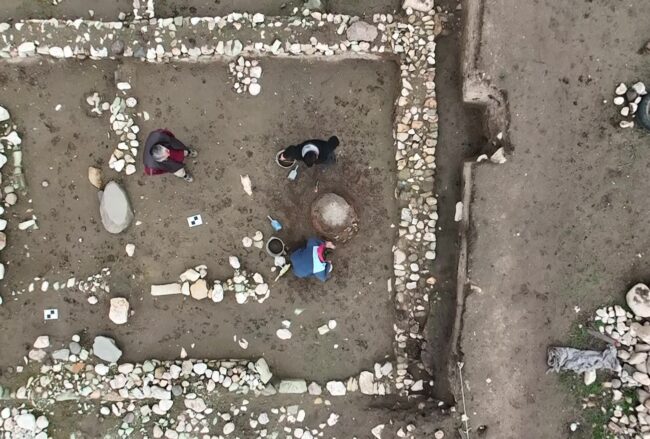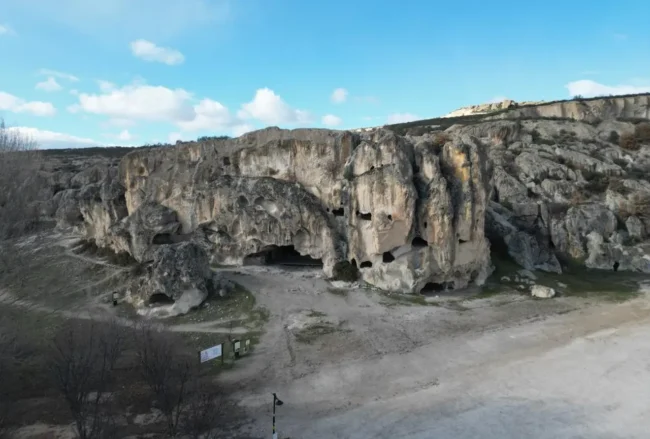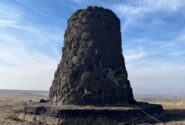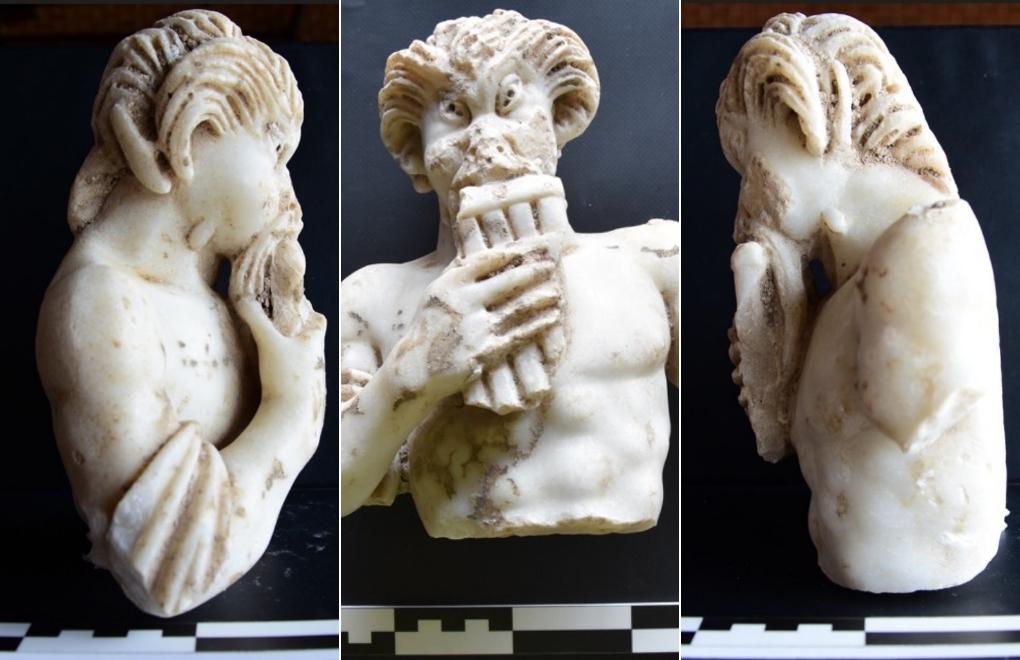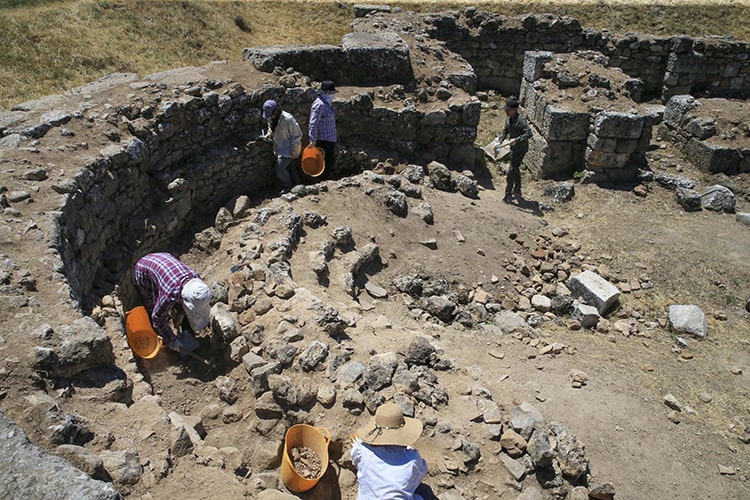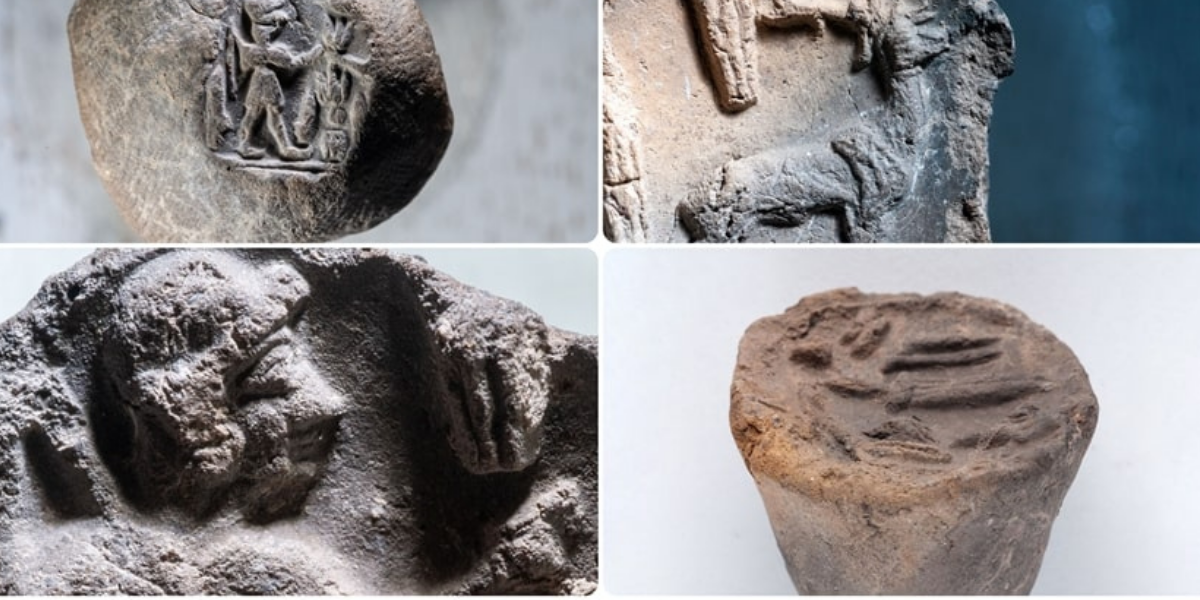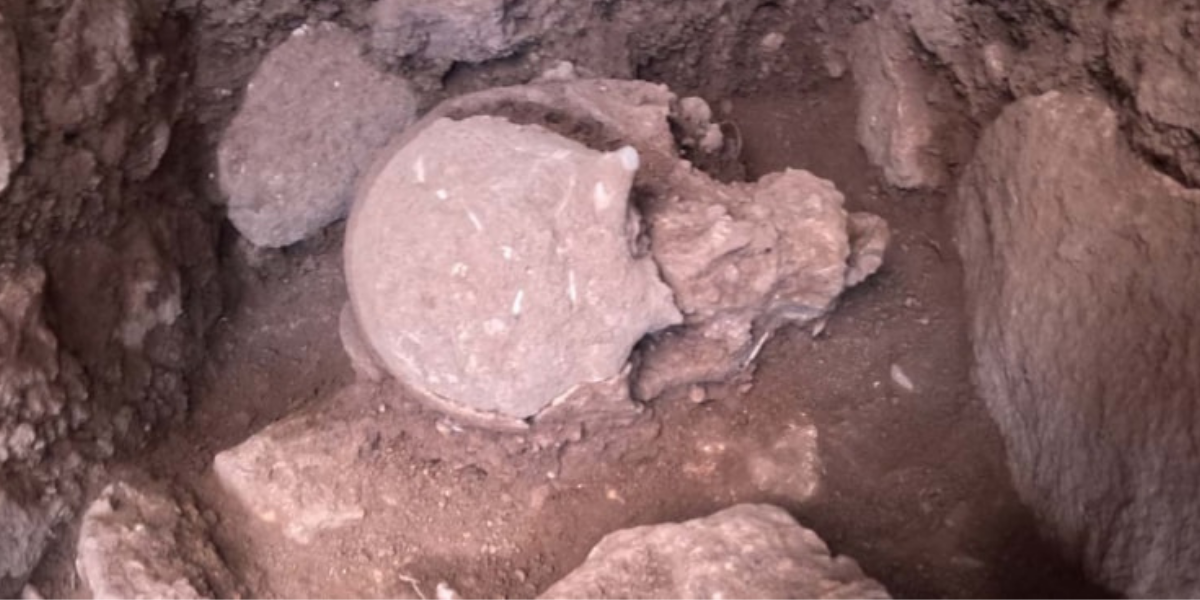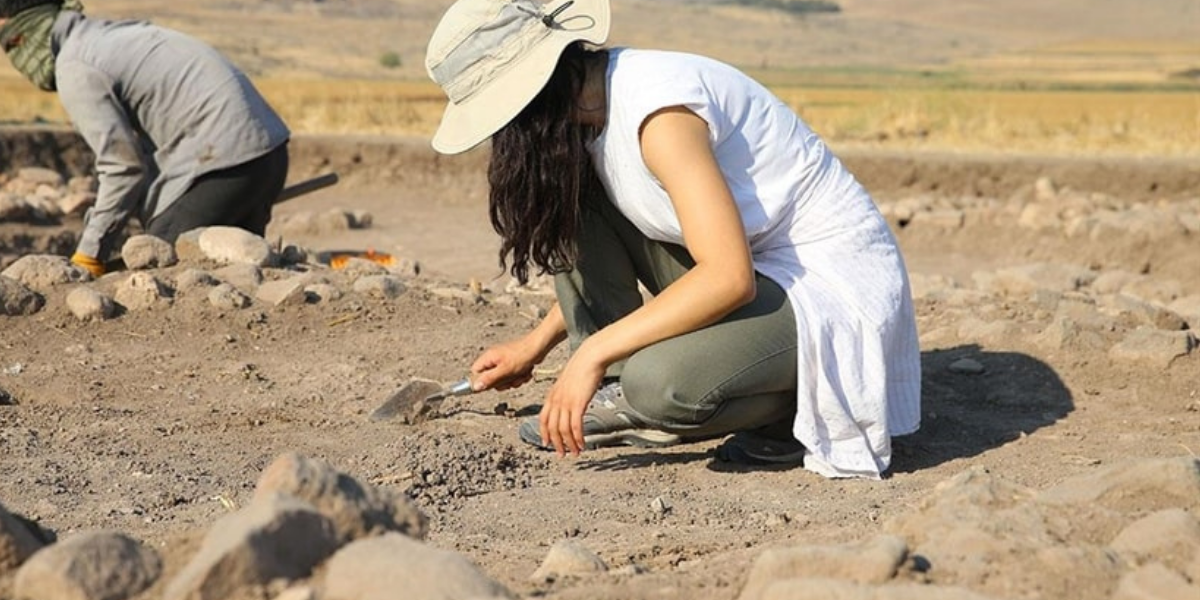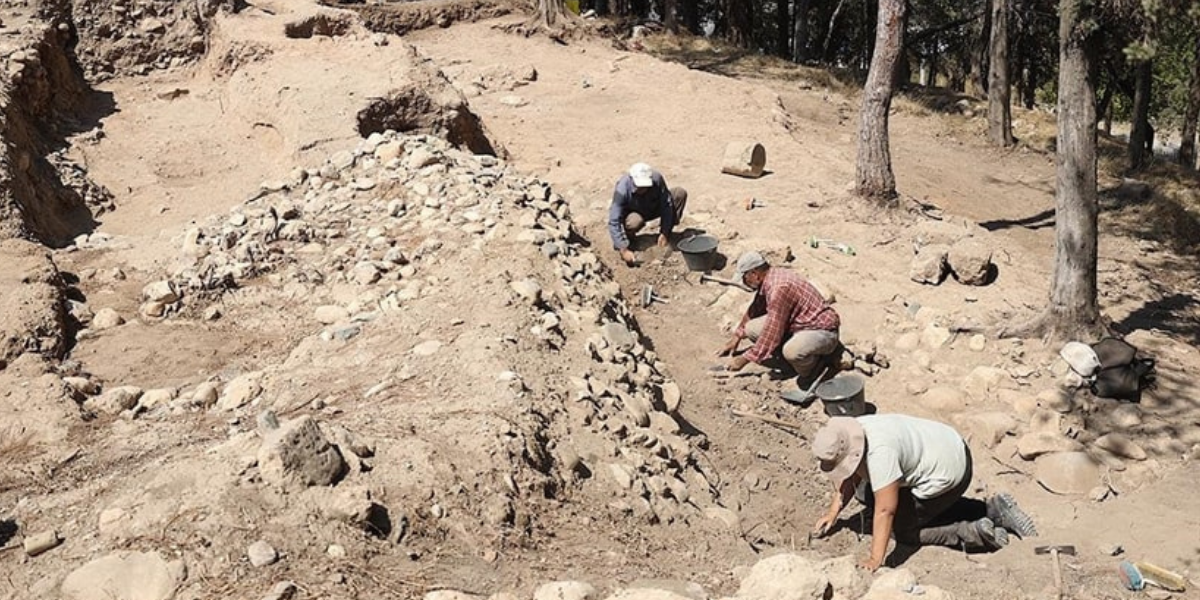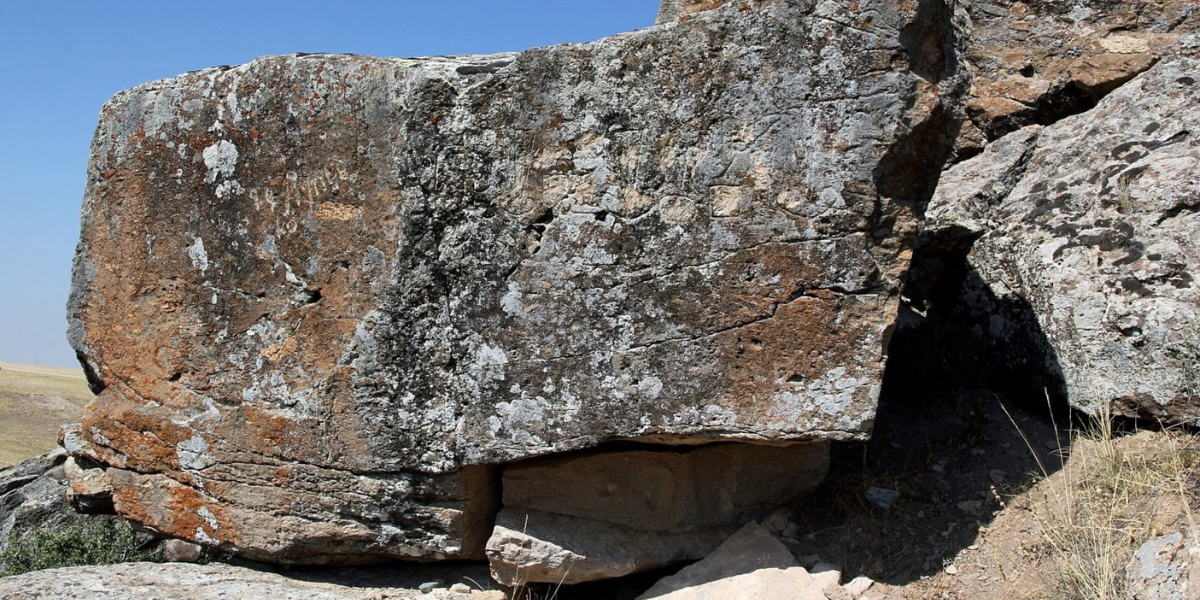Sculpted Faces from Ancient Lykos Meet Visitors in Denizli
Stone faces shaped nearly two thousand years ago are once again meeting the public—this time in modern-day Denizli. A new exhibition titled “Faces of Lykos” has opened its doors, bringing together some of the most striking sculptural finds uncovered in the ancient cities of western Anatolia. Hosted at the Nihat Zeybekci Congress and Culture Center,


